2021年10月13日(水) 15時27分~21時42分(日本時間)において、Microsoft Azure上のWindows仮想マシンに対する起動や作成などの管理操作ができなくなる障害が発生しました。
本障害は東日本リージョンや西日本リージョンを含む、グローバルの多くの地域にて発生していましたが、同日22時時点で障害はすべて解消しているとのことです。
本記事では、Microsoft社が公式に発表している情報をもとに、発生事象の内容についてまとめています。
【2021/10/15(金) 00:00 追記】 Azure status historyにて公開されている原文をテキストで転記。
【2021/10/16(土) 14:45 追記】 Azure status historyにてRCAが公開されたため、原文を本記事に転記。
【2021/10/23(土) 15:00 追記】 RCAの公開内容をベースに、当初の記事内容を大幅に修正。
発生事象
2021年10月13日(水) 06時27分〜12時42分(UTC)において、以下の操作に障害が発生しました。
- Windows仮想マシンに対する管理操作(起動、作成、更新、削除など)
- 新しいVMのデプロイやWindows仮想マシンエージェント拡張機能の更新
- 可用性セット、仮想マシンスケールセットの管理操作
Windows以外の仮想マシンや既に起動中のWindows仮想マシンについては、本障害による影響はありませんでした。しかし、Windows仮想マシンに依存するサービスにおいても、リソースの作成時に同様の障害が発生した可能性があります。
根本原因
障害発生の背景
Windowsベースの仮想マシンは、仮想マシンとAzureファブリックコントローラーのやり取りを管理するため、Windows仮想マシンエージェント(VMエージェント)拡張機能を利用しています。

Windows VMの作成や更新を行う際に使用されるCompute Resource Provider(CRP)は、プラットフォームイメージリポジトリを参照して、VMエージェントパッケージの最新バージョンのダウンロード先を取得します。この情報を使用して、VMエージェントはVMエージェント自身を最新バージョンに更新しています。
Microsoft Azureでは、全クラシックリソースのAzure Resource Manager(ARM)への移行を実施しています。その過程として、イメージと拡張機能のパブリッシャーを地域のARMパブリッシングパイプラインに移行しており、これまでに全ての拡張機能の約20%が正常に移行されました。
障害発生の原因
06時27分頃(UTC)、クラシックリソースの移行に使用するARMテンプレートが公開されました。しかし、公開されたツールは特殊なケースの考慮が漏れており、Windows仮想マシンエージェント拡張機能に対し、リソースの移行後にARMリージョナルサービスでのみ公開サブスクリプションに表示されるように意図せず変更を実施しました。
その結果、各地域のプラットフォームイメージリポジトリでWindows仮想マシンエージェント拡張機能を参照できなくなり、 利用者側でWindows VMでのサービス管理操作(起動、停止、作成、削除など)を行った際に、操作を正常に完了することができませんでした。
対応内容
プラットフォーム上でAzureコンポーネントの複数のリリースが同時に実行されていたため、根本原因の特定には長い時間を要しました。
Microsoft社のエンジニアにより問題を特定し複数の緩和策の存在を確認した後、まず最初に1つのリージョンで拡張機能を公開しました。その結果を検証したところ、影響が緩和し、仮想マシンのリクエストの急増によりさらなる影響が発生しないことを確認しました。
検証の完了後、この問題を軽減するために、地域ごとに新しいパイプラインへの変更の展開を開始しました。エンジニアは全ての変更が完了した後、運用のプラットフォーム成功率を監視し、操作が問題なく動作することを確認しました。
Microsoft社からの公式発表内容
本障害に関する情報は、Azure status historyにて公開されています。
2021年10月14日(木) 01時30分 (日本時間)
2021年10月14日(木) 01時30分、Azure status historyにおいて以下の情報が公開されています。
現段階では完全な根本原因特定に向けて引き続き調査を行っており、根本原因分析(RCA)は72時間以内に公開される予定とのことです。
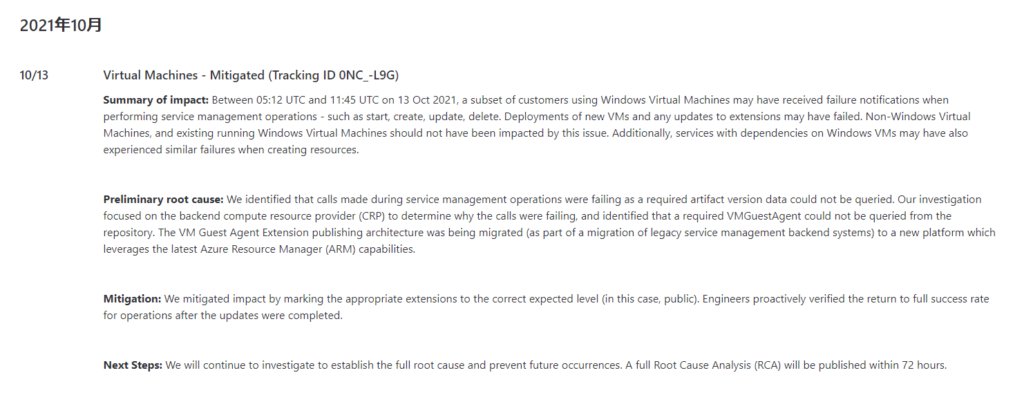
Summary of impact
Between 05:12 UTC and 11:45 UTC on 13 Oct 2021, a subset of customers using Windows Virtual Machines may have received failure notifications when performing service management operations – such as start, create, update, delete. Deployments of new VMs and any updates to extensions may have failed. Non-Windows Virtual Machines, and existing running Windows Virtual Machines should not have been impacted by this issue. Additionally, services with dependencies on Windows VMs may have also experienced similar failures when creating resources.
Preliminary root cause
We identified that calls made during service management operations were failing as a required artifact version data could not be queried. Our investigation focused on the backend compute resource provider (CRP) to determine why the calls were failing, and identified that a required VMGuestAgent could not be queried from the repository. The VM Guest Agent Extension publishing architecture was being migrated (as part of a migration of legacy service management backend systems) to a new platform which leverages the latest Azure Resource Manager (ARM) capabilities.
Mitigation
We mitigated impact by marking the appropriate extensions to the correct expected level (in this case, public). Engineers proactively verified the return to full success rate for operations after the updates were completed.
Next Steps
We will continue to investigate to establish the full root cause and prevent future occurrences. A full Root Cause Analysis (RCA) will be published within 72 hours.
2021年10月16日(土) 14時30分 (日本時間)
2021年10月16日(土) 14時30分、 Azure status historyにて根本原因分析(RCA)が公開されています。
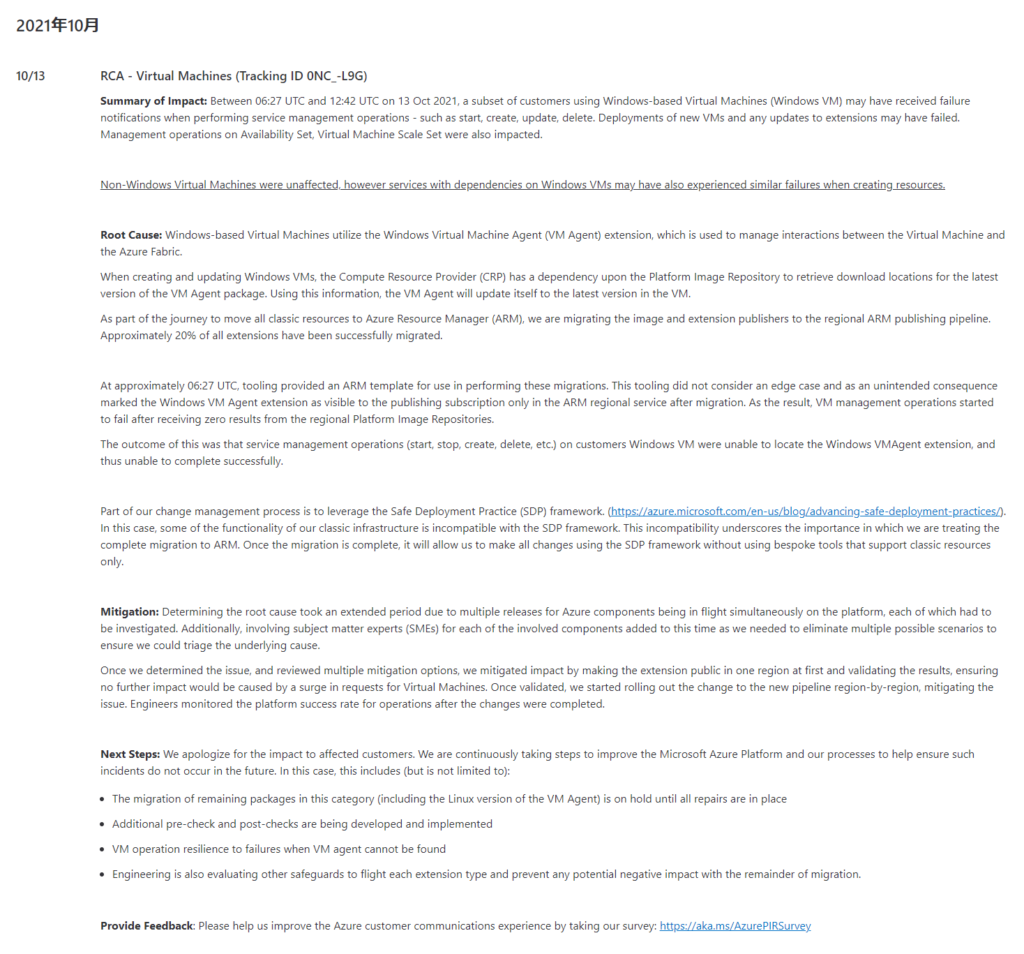
Summary of Impact
Between 06:27 UTC and 12:42 UTC on 13 Oct 2021, a subset of customers using Windows-based Virtual Machines (Windows VM) may have received failure notifications when performing service management operations – such as start, create, update, delete. Deployments of new VMs and any updates to extensions may have failed. Management operations on Availability Set, Virtual Machine Scale Set were also impacted.
Non-Windows Virtual Machines were unaffected, however services with dependencies on Windows VMs may have also experienced similar failures when creating resources.
Root Cause
Windows-based Virtual Machines utilize the Windows Virtual Machine Agent (VM Agent) extension, which is used to manage interactions between the Virtual Machine and the Azure Fabric.
When creating and updating Windows VMs, the Compute Resource Provider (CRP) has a dependency upon the Platform Image Repository to retrieve download locations for the latest version of the VM Agent package. Using this information, the VM Agent will update itself to the latest version in the VM.
As part of the journey to move all classic resources to Azure Resource Manager (ARM), we are migrating the image and extension publishers to the regional ARM publishing pipeline. Approximately 20% of all extensions have been successfully migrated.
At approximately 06:27 UTC, tooling provided an ARM template for use in performing these migrations. This tooling did not consider an edge case and as an unintended consequence marked the Windows VM Agent extension as visible to the publishing subscription only in the ARM regional service after migration. As the result, VM management operations started to fail after receiving zero results from the regional Platform Image Repositories.
The outcome of this was that service management operations (start, stop, create, delete, etc.) on customers Windows VM were unable to locate the Windows VMAgent extension, and thus unable to complete successfully.
Part of our change management process is to leverage the Safe Deployment Practice (SDP) framework. (https://azure.microsoft.com/en-us/blog/advancing-safe-deployment-practices/). In this case, some of the functionality of our classic infrastructure is incompatible with the SDP framework. This incompatibility underscores the importance in which we are treating the complete migration to ARM. Once the migration is complete, it will allow us to make all changes using the SDP framework without using bespoke tools that support classic resources only.
Mitigation
Determining the root cause took an extended period due to multiple releases for Azure components being in flight simultaneously on the platform, each of which had to be investigated. Additionally, involving subject matter experts (SMEs) for each of the involved components added to this time as we needed to eliminate multiple possible scenarios to ensure we could triage the underlying cause.
Once we determined the issue, and reviewed multiple mitigation options, we mitigated impact by making the extension public in one region at first and validating the results, ensuring no further impact would be caused by a surge in requests for Virtual Machines. Once validated, we started rolling out the change to the new pipeline region-by-region, mitigating the issue. Engineers monitored the platform success rate for operations after the changes were completed.
Next Steps
We apologize for the impact to affected customers. We are continuously taking steps to improve the Microsoft Azure Platform and our processes to help ensure such incidents do not occur in the future. In this case, this includes (but is not limited to):
- The migration of remaining packages in this category (including the Linux version of the VM Agent) is on hold until all repairs are in place
- Additional pre-check and post-checks are being developed and implemented
- VM operation resilience to failures when VM agent cannot be found
- Engineering is also evaluating other safeguards to flight each extension type and prevent any potential negative impact with the remainder of migration.

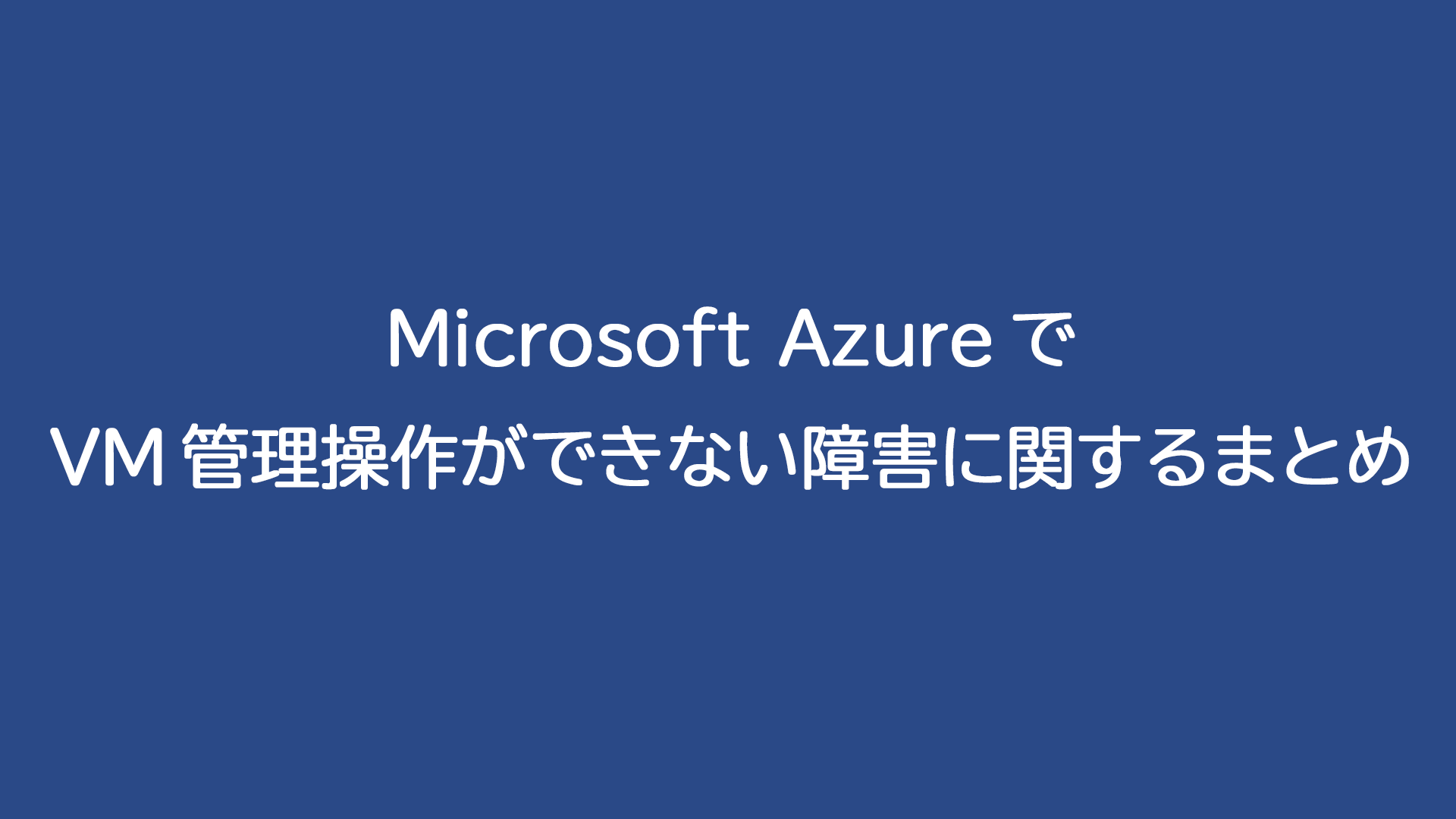
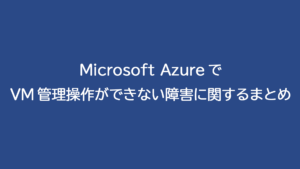




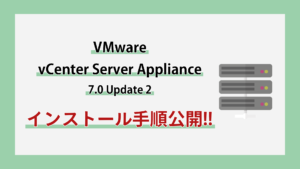

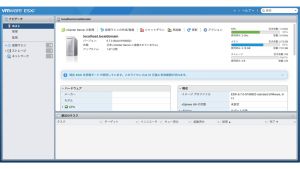

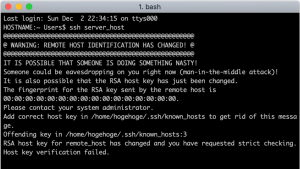
コメント